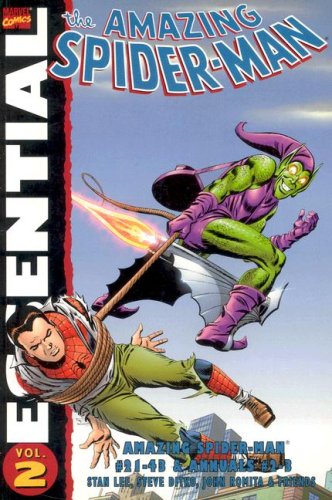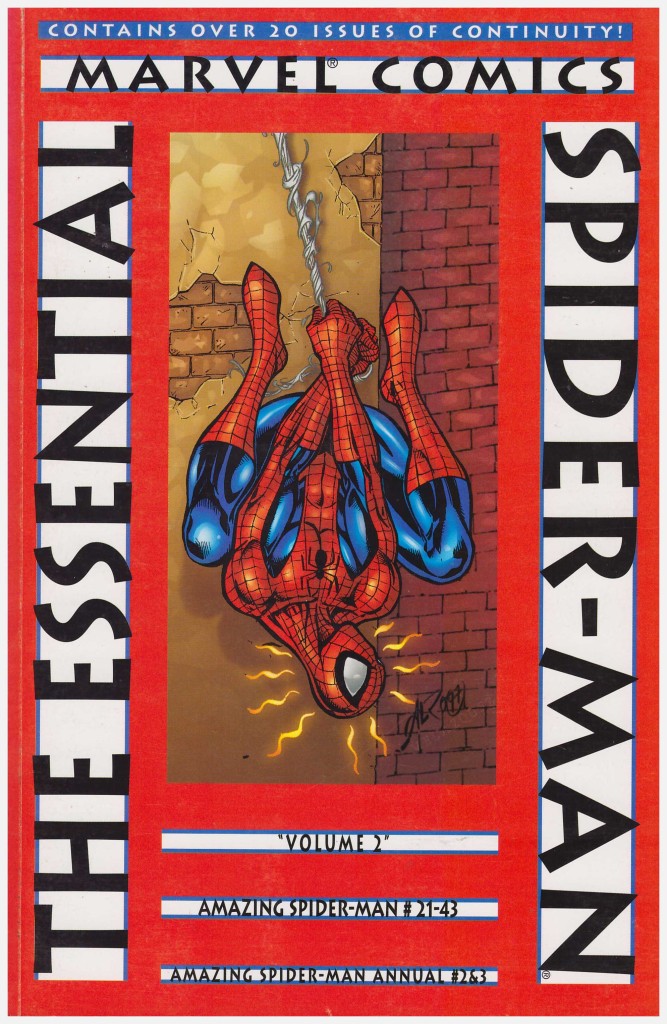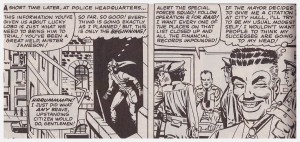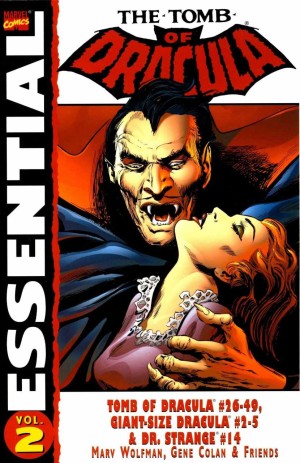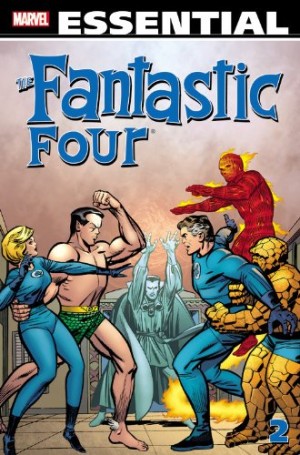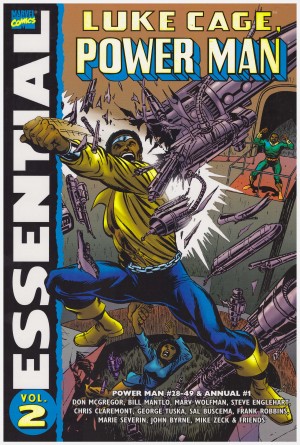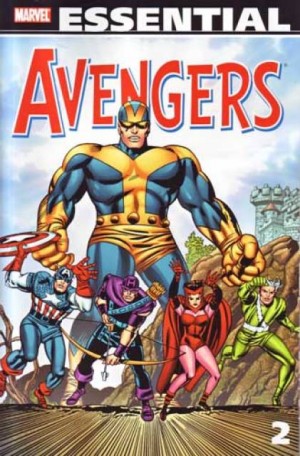Review by Frank Plowright
This second black and white presentation of Spider-Man’s earliest comics shifts emphasis a little. According to the credits printed at the time, the first four tales here were written by Stan Lee. The process was that Lee supplied artist Steve Ditko with a plot that Ditko broke down into twenty pages of art to which Lee added dialogue. By the time of these reprinted issues, Ditko was working from the scantiest of plot suggestions and felt his contributions deserved greater credit. This was duly applied for the remainder of his tenure, and he’s amusingly credited as “Ploter” on the contents page of this collection’s earliest editions.
There is some magnificent work here. Spider-Man revolutionised comics with soap opera characterisation of Peter Parker and his world, and Ditko was at his best plotting tight and tense crime dramas. When the two elements fused well the result was stories that rank among Spider-Man’s best, even today. One extremely thoughtful piece of plotting resulted in Aunt May at death’s door coinciding with Peter Parker’s first days at college, and the emergence of an adroit new villain, the Master Planner, with well-equipped henchmen. At three chapters it was the longest Spider-Man story to that point.
Also notable is the Green Goblin attempting to extend his influence into organised crime. A single issue on this topic is very good, but topped by a two-part sequel leading to conflict with a new masked gang leader, the Crime Master. In this tale the soap opera elements are minimal, crowded into the beginning and end, with the single exception of Spider-Man’s conviction that someone at the Daily Bugle is the Crime Master. Revelations toy with the conventions of superhero comics, and there’s a good twist.
For no discernible reason, the new villains Ditko conceived after achieving the plotting credit he wanted, haven’t stood the test of time. The Looter’s not the subject of his finest story, but A Guy Called Joe and the Cat star in two well-plotted melodramas.
Ditko’s art is magnificent throughout, if sometimes muddied by the pulp printing, with some astounding designs. His organic creeping robot in an otherwise unremarkable effort is great, and Spider-Man experiencing the places visited by Doctor Strange astounding. His storytelling is exemplary, almost always relying on a minimum of six packed panels per page. The only real diversion is for the introduction of the Molten Man, the most frequently recurring of Ditko’s later villains, and for one astounding full page illustration rounding off an iconic sequence in the Master Planner story.
This collection, though, isn’t just Ditko’s artwork. John Romita supplied a completely contrasting style after Ditko’s departure and rapidly became the definitive Spider-Man artist. What Ditko bought beyond the art, however, is in shining evidence over the final issues here. The two part tale revealing the identity of the Green Goblin works well, but thereafter it’s quite the quality dip. The introduction of the Rhino is padded over three chapters, despite the introduction of Mary Jane Watson, and a clash with the Avengers and the Hulk (drawn by Don Heck) is perfunctory.
For those who’d prefer these comics in colour there are alternative options, although both relatively expensive. The material produced by Ditko can be found spread over volumes three and four of the hardback Marvel Masterworks: Amazing Spider-Man, while the Romita material is in the fifth. That’s also in the second Amazing Spider-Man Omnibus while the first collects all Ditko’s contributions.
